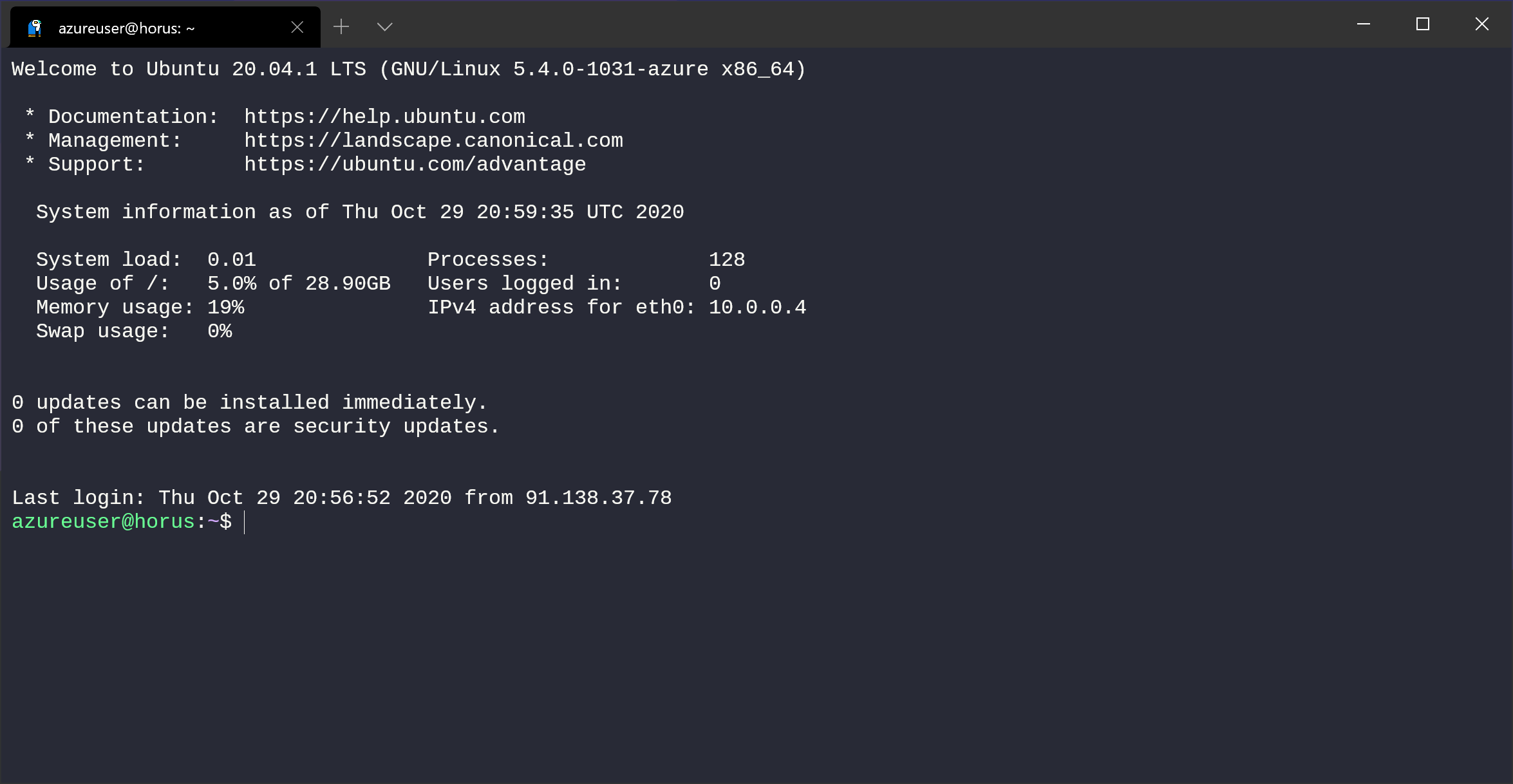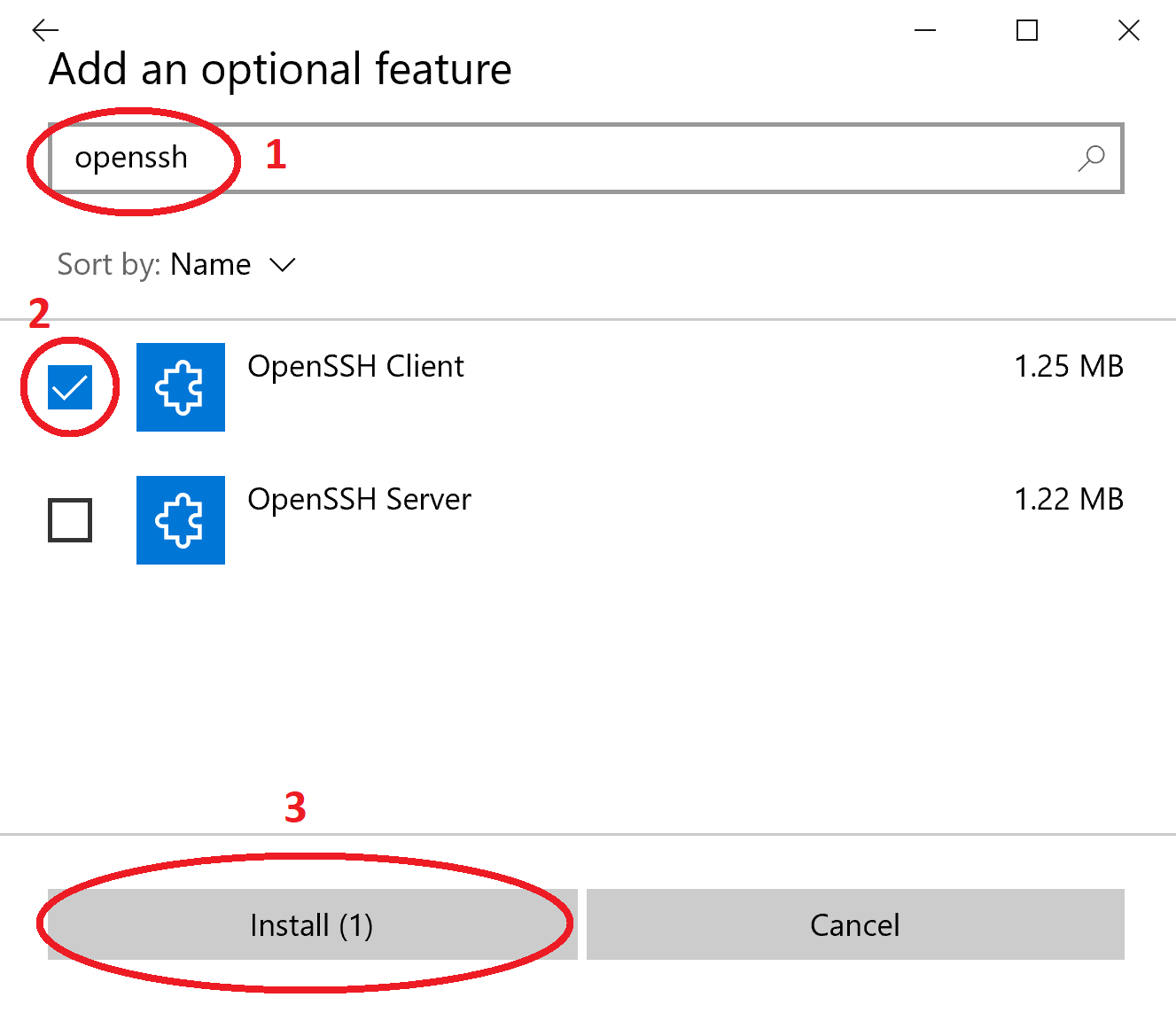Listen up, folks! If you're diving into the world of cloud computing and IoT, you've probably stumbled upon the term "remoteIoT VPC SSH Windows 10." But what exactly does it mean? Well, buckle up because we're about to unravel the mystery behind this powerful setup. Whether you're a tech enthusiast, a developer, or just someone trying to get their head around modern networking, this guide is here to break it all down for you.
Let’s face it—working remotely has become the norm, and with that comes the need for secure connections. That’s where SSH (Secure Shell) comes in. It’s like the secret handshake of the internet, allowing you to securely access your servers from anywhere. But when you throw in VPC (Virtual Private Cloud) and Windows 10, things get a little more interesting. This guide will walk you through everything you need to know to set up and manage remoteIoT VPC SSH on Windows 10.
Now, why should you care? Because mastering this setup can save you tons of time, boost productivity, and keep your data as safe as Fort Knox. So grab your favorite beverage, and let’s dive deep into the world of remoteIoT VPC SSH on Windows 10. Trust me; it’s gonna be a wild ride!
- The Rise Of Aigenerated Influencers Unpacking The Lacy Kim Phenomenon
- Why Embracing Legal Platforms Is Essential For A Secure And Ethical Cinematic Experience
This guide is jam-packed with actionable tips, real-world examples, and step-by-step instructions to help you conquer this tech challenge. So whether you're a seasoned pro or a total newbie, there's something here for everyone. Let’s get started!
Understanding RemoteIoT VPC SSH Windows 10
Alright, let’s break it down piece by piece. RemoteIoT refers to the ability to remotely manage and interact with IoT devices. VPC stands for Virtual Private Cloud, which is essentially a private network within a larger cloud environment. SSH, as we mentioned earlier, is the protocol that allows secure communication between devices. And Windows 10? Well, that’s the platform you’ll be using to connect everything together.
When you combine all these elements, you get a powerful setup that lets you securely access and control IoT devices from anywhere in the world. It’s like having a remote control for your entire network. But don’t worry if it sounds complicated—we’ll break it down step by step.
- The Global Phenomenon Of Xvideos A Deep Dive Into The Worlds Most Visited Adult Site
- Revolutionizing Movie Nights Exploring The Future Of Online Streaming
Why RemoteIoT VPC SSH Matters
Here’s the deal: in today’s digital age, security is everything. RemoteIoT VPC SSH provides a secure way to access your IoT devices without exposing them to the public internet. This means you can keep your data safe while still having the flexibility to work from anywhere. It’s a win-win situation.
Plus, with more and more businesses moving to the cloud, understanding how to set up and manage VPCs is becoming an essential skill. Whether you’re managing a small home network or a large enterprise system, this knowledge will come in handy.
Setting Up Your Environment
Before we dive into the nitty-gritty of configuring remoteIoT VPC SSH on Windows 10, let’s talk about setting up your environment. This is where you’ll prepare your system and gather all the tools you’ll need.
What You’ll Need
- A Windows 10 PC (duh)
- An SSH client (we’ll use OpenSSH)
- A cloud provider account (like AWS or Azure)
- A VPC setup in your cloud provider
- An IoT device (optional but recommended for testing)
Make sure you have all these components ready before you start. Trust me, it’ll save you a lot of headaches down the line.
Configuring SSH on Windows 10
Now that you’ve got your environment set up, it’s time to configure SSH on your Windows 10 machine. This is where the magic happens.
Enabling OpenSSH
Windows 10 comes with OpenSSH pre-installed, but you’ll need to enable it first. Here’s how:
- Go to Settings > Apps > Optional Features
- Click on "Add a feature"
- Search for "OpenSSH Client" and install it
Once you’ve enabled OpenSSH, you’re ready to start configuring your SSH connections.
Connecting to Your VPC
Alright, now it’s time to connect to your VPC. This is where you’ll establish a secure connection to your cloud environment.
Using SSH Keys
SSH keys are like digital keys that allow you to access your VPC without needing a password. Here’s how to generate and use them:
- Open PowerShell and run the command: ssh-keygen
- Follow the prompts to generate your key pair
- Upload your public key to your cloud provider
With your SSH key in place, you can now securely connect to your VPC without worrying about someone snooping on your connection.
Managing IoT Devices
Now that you’re connected to your VPC, it’s time to start managing your IoT devices. This is where the real power of remoteIoT VPC SSH comes into play.
Monitoring and Controlling Devices
With SSH, you can remotely monitor and control your IoT devices from anywhere in the world. Here are a few things you can do:
- Check device status
- Update firmware
- Run diagnostics
- Adjust settings
Having this level of control at your fingertips can make your life a whole lot easier.
Best Practices for Security
Security should always be at the forefront of your mind when working with remoteIoT VPC SSH. Here are a few best practices to keep in mind:
Regularly Update Your Systems
Make sure you’re always running the latest version of your software and firmware. This includes your operating system, SSH client, and any IoT devices you’re managing.
Use Strong Passwords
Even though you’re using SSH keys, it’s still a good idea to use strong passwords for added security. And don’t forget to change them regularly!
Troubleshooting Common Issues
Let’s face it—things don’t always go as planned. Here are a few common issues you might encounter and how to fix them:
Connection Problems
If you’re having trouble connecting to your VPC, double-check your SSH keys and firewall settings. Make sure everything is configured correctly and try again.
Device Connectivity
If your IoT devices aren’t responding, check their network settings and make sure they’re properly connected to your VPC.
Future Trends in RemoteIoT VPC SSH
As technology continues to evolve, so too will the world of remoteIoT VPC SSH. Here are a few trends to watch out for:
AI Integration
AI is starting to play a bigger role in managing IoT devices. Expect to see more AI-powered tools that can automate tasks and improve efficiency.
5G Networks
With the rollout of 5G networks, we’ll see faster and more reliable connections, making remote management even easier.
Conclusion
And there you have it—a comprehensive guide to mastering remoteIoT VPC SSH on Windows 10. From setting up your environment to managing your IoT devices, we’ve covered everything you need to know to get started.
Remember, security is key when working with remote connections. Always follow best practices and stay up-to-date with the latest trends and technologies. And don’t forget to share this guide with your friends and colleagues. Knowledge is power, and the more people who understand this stuff, the better off we’ll all be.
So what are you waiting for? Get out there and start exploring the world of remoteIoT VPC SSH on Windows 10. Trust me, it’s worth it!
Table of Contents
- Unpacking The Complex Dynamics Of Iribitari Gal Ni Manko Tsukawasete Morau Hanashi A Cultural Exploration
- The Untold Story Of Jameliz Smith A Rising Star In The Spotlight


